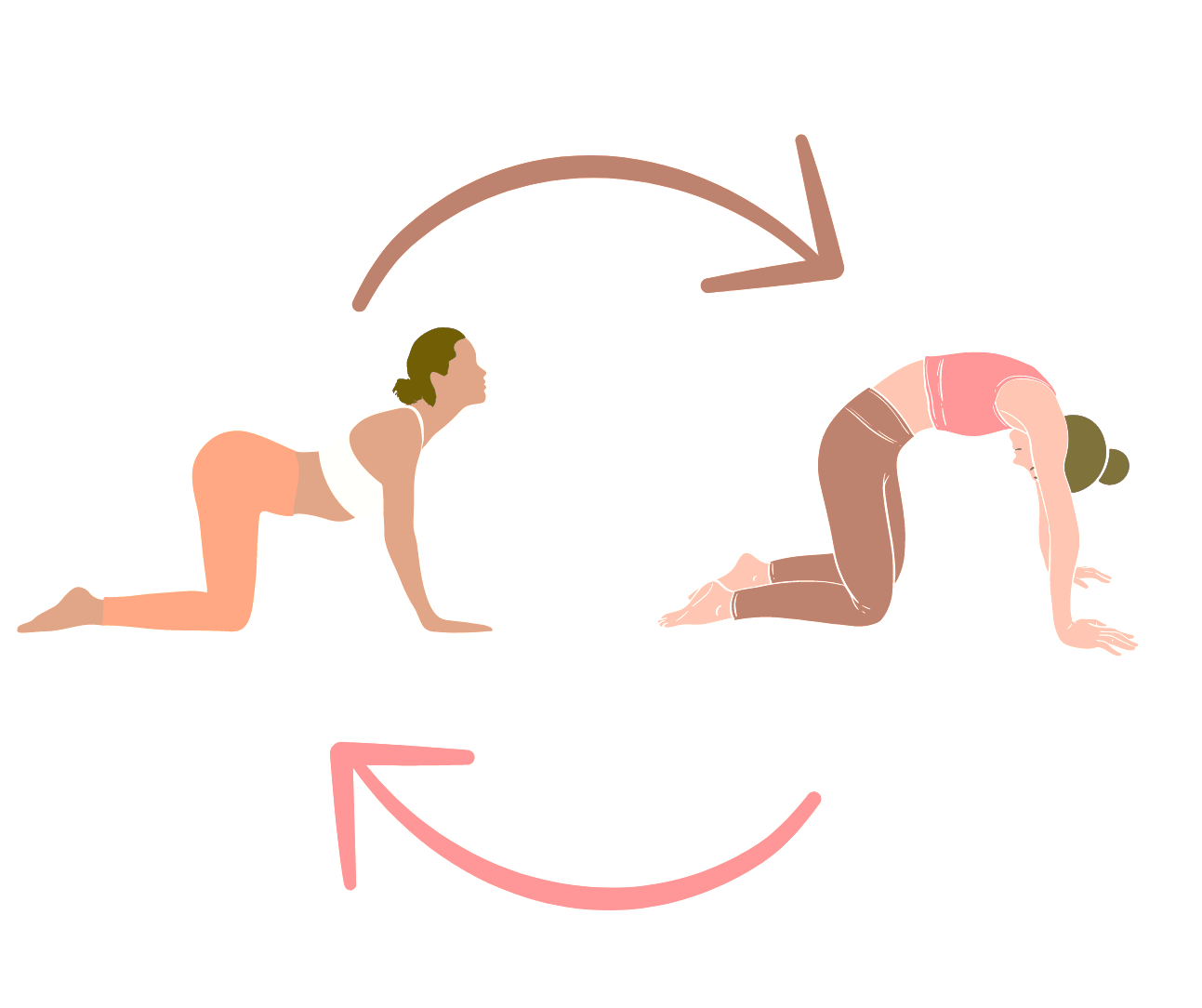Yoga and Dietary Tips For Kidney Disease (PKD)
Polycystic Kidney Disease (PKD) is a genetic disorder that affects millions of people worldwide. It’s a condition that can be challenging, but understanding its aspects can empower those affected to take charge of their health. In this blog, we’ll explore what PKD is, highlight its symptoms, discuss the benefits of yoga, and provide a dietary plan to enhance kidney health. What is Polycystic Kidney Disease (PKD)? Polycystic Kidney Disease (PKD) is a genetic disorder characterized by the formation of numerous fluid-filled cysts within the kidneys. These cysts can grow and multiply over time, causing the kidneys to enlarge and potentially leading to impaired kidney function. In severe cases, PKD can result in kidney failure. Types of Polycystic Kidney Disease: Symptoms of PKD: While many individuals with PKD may be asymptomatic for years, common symptoms can include: Importance of Early Diagnosis and Management: Although PKD can lead to severe complications and an increased risk of kidney failure, early diagnosis can significantly improve management options and quality of life. Regular monitoring of kidney function, blood pressure management, and lifestyle modifications can help slow the progression of the disease. With appropriate care, individuals with PKD can lead fulfilling lives while managing the impact of this condition on their health. Conclusion: Understanding PKD is essential for those affected by the disorder, their families, and healthcare providers. Awareness of the symptoms and types of PKD can facilitate earlier diagnosis and proactive management strategies, ultimately enhancing quality of life for patients living with this genetic condition. If you suspect that you or a loved one may have PKD, it’s vital to consult with a healthcare professional for a thorough evaluation and tailored management plan. The Benefits of Yoga for Polycystic Kidney Disease (PKD) Yoga is not just a physical exercise; it is a holistic practice that encompasses the mind, body, and spirit. For individuals living with Polycystic Kidney Disease (PKD), incorporating yoga into their daily routine can provide numerous benefits that help manage both the physical and emotional challenges associated with the condition. Below are five key benefits of practicing yoga for those affected by PKD: 1. Stress Reduction Living with a chronic illness can lead to significant stress and anxiety. Stress is known to exacerbate kidney issues, making effective stress management essential. Yoga promotes relaxation through mindfulness and deep breathing exercises. Techniques such as pranayama (breathing exercises) not only help reduce stress levels but also improve oxygen flow and enhance overall mental clarity. By incorporating restorative practices, individuals can cultivate a sense of peace and balance in their lives. 2. Improved Circulation Certain yoga postures enhance blood circulation, which is vital for maintaining healthy kidney function. Improved blood flow ensures that the kidneys receive an adequate supply of oxygen and nutrients while promoting the efficient removal of toxins from the body. Poses that involve stretching and opening the body, such as forward bends and twists, can stimulate the kidneys and support their functioning. 3. Strength and Flexibility Regular yoga practice helps build overall body strength and flexibility, which can be particularly beneficial for individuals experiencing discomfort or pain due to cyst growth. Strengthening the core and back muscles—often targeted in yoga—provides better support to the kidneys and may alleviate some of the physical strain associated with the disease. Additionally, the increased flexibility can lead to improved posture and a greater range of motion, which can reduce tension and enhance comfort. 4. Weight Management Managing weight is crucial for individuals with PKD, as obesity can complicate the condition and increase the risk of high blood pressure and diabetes. Practicing yoga can help promote a healthy lifestyle, encouraging individuals to be more mindful of their bodies and dietary choices. The practice itself can be a form of low-impact exercise that helps maintain a healthy weight, while also promoting self-discipline and awareness. 5. Holistic Wellness Yoga emphasizes the interconnectedness of the mind, body, and spirit, fostering a holistic approach to health and well-being. For individuals with PKD, adopting a balanced lifestyle that includes physical activity, proper nutrition, and mindfulness can have a positive impact on overall health. By cultivating a sense of self-awareness and emotional resilience through yoga, individuals can better navigate the challenges of living with PKD, leading to an improved quality of life. https://fuelforlife365.com/blog/ For More Topics Recommended Yoga Poses for PKD Conclusion Incorporating yoga into the lifestyle of someone living with Polycystic Kidney Disease can provide significant benefits that extend beyond physical fitness. With a focus on stress reduction, improved circulation, enhanced strength and flexibility, better weight management, and holistic wellness, yoga can be a powerful tool in managing PKD. As always, it is essential to consult with a healthcare provider before starting any new exercise regimen and to consider working with a qualified yoga instructor familiar with health conditions to ensure safe and effective practice. By embracing yoga, individuals with PKD can enhance their overall well-being and quality of life. Dietary Plan for Managing Polycystic Kidney Disease (PKD) A balanced diet is crucial for supporting kidney health in individuals with PKD. Here’s a simple plan to help you manage your diet effectively: General Dietary Tips: Sample Day’s Meal Plan: Breakfast: Snack: Lunch: Snack: Dinner: Evening Snack: Feel free to modify this plan to suit your taste and dietary needs! Conclusion Living with Polycystic Kidney Disease can feel daunting, but by understanding the disease, recognizing symptoms, incorporating yoga, and making dietary adjustments, individuals can take proactive steps toward better health. Collaboration with healthcare providers, including dietitians and yoga instructors, can further guide the journey, ensuring that wellness remains a priority. By embracing a lifestyle focused on balance—physically, emotionally, and nutritionally—those with PKD can enhance their quality of life and empower themselves to thrive.




